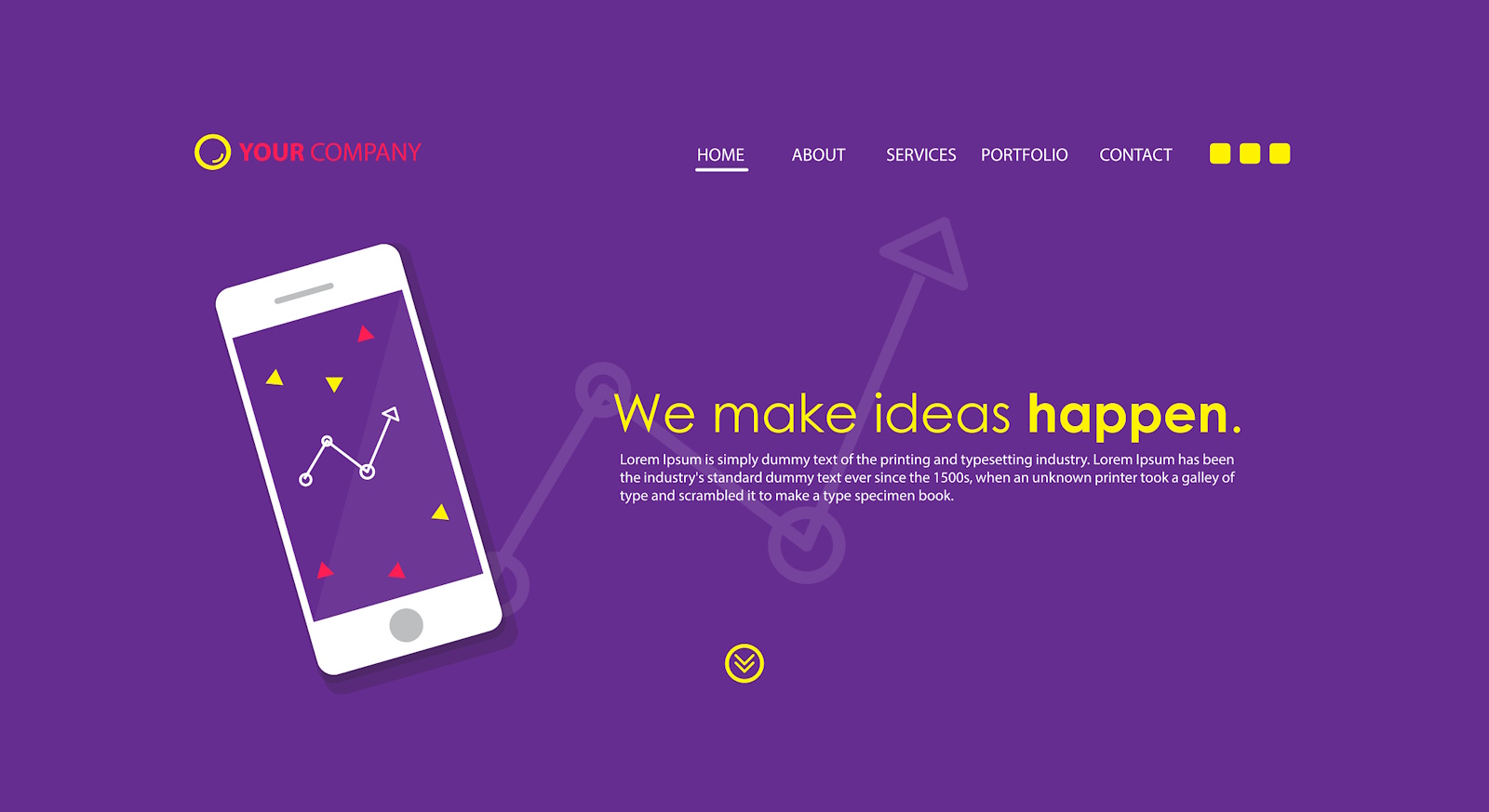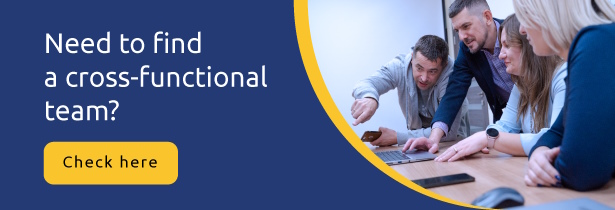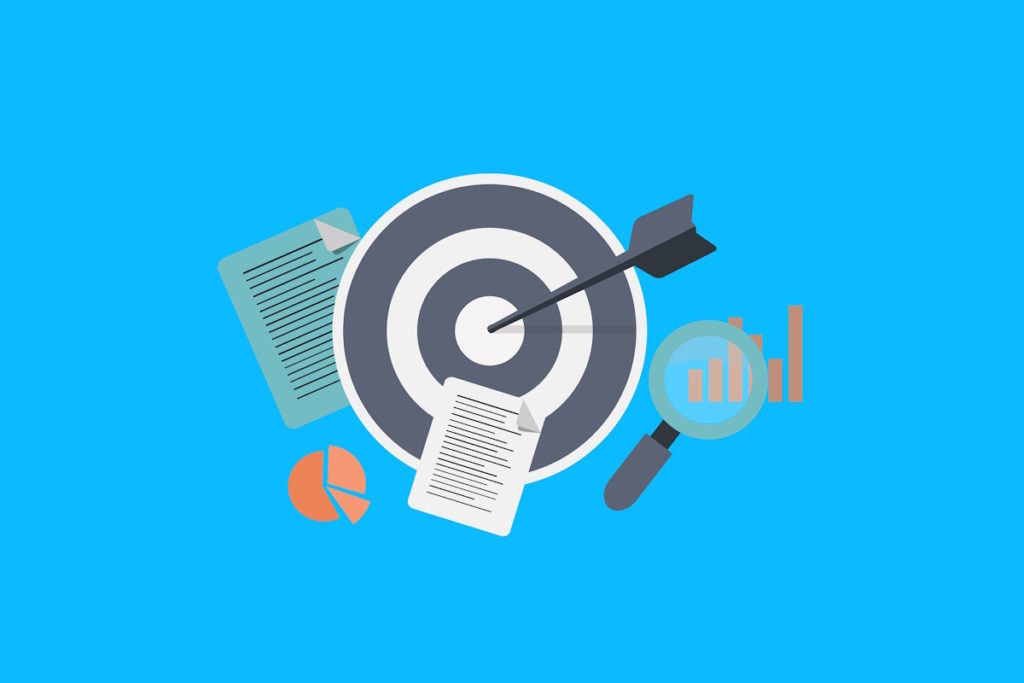How to Build an MVP: Steps, Examples, and Benefits

Trying to sidestep the pitfalls of product development, one often encounters the pivotal term MVP. An MVP, or Minimum Viable Product, is not just a buzzword but a crucial step in bringing a product concept to life. In this comprehensive guide, we dive deep into how to build an MVP, unraveling the steps, showcasing examples, and highlighting the myriad benefits it unfolds.
What is an MVP (Minimum Viable Product)?
An MVP, or Minimum Viable Product, is a foundational concept in the Lean Startup methodology, aiming to optimize business processes, reduce waste, and enable smarter, more efficient startups. At its core, an MVP is a basic, launchable version of a product that incorporates the essential features defining its value proposition. It serves as a beta or test version of your product or service, balancing the company’s offer and the customer’s needs.
The concept, brought to the forefront by Eric Ries, is defined as the version of a new product that allows a team to collect the maximum amount of validated learning about customers with the least effort. However, “least effort” doesn’t signify minimal functionality; the product must also be “viable.” This implies a focus on usability, reliability, and empathetic design, creating a foundation for user feedback and iterative improvement.
Building an MVP is key when you have a business idea you wish to validate with a broader, unbiased audience. This minimal version, equipped with core features addressing the primary customer’s problem, accelerates the product's introduction to the market. Despite its limited features, the MVP must be a working, sellable product, especially in the B2B world, where it’s not considered an MVP until it can be sold.
Successful MVPs
1. Airbnb
Before becoming the behemoth of peer-to-peer lodging, Airbnb's journey began with a rudimentary landing page that didn’t even include a payment system. Early users had to facilitate payments in person, highlighting the company's focus on validating the core idea before refining the user experience. Despite this seeming limitation, community-based accommodation gained traction, and Airbnb swiftly evolved, addressing user needs and expanding its features.
2. Uber
Uber’s initial MVP was a far cry from the globally accessible app we use today. In 2010, the service was exclusively available to iPhone users in San Francisco, and the introduction of cashless payments was a novelty. The initial challenge was to persuade passengers to trust and pay for a relatively unknown service. However, Uber's ability to address a real-world problem—efficient urban transportation—led to its eventual success and global expansion.
3. Dropbox
Dropbox started its journey by addressing a simple yet widespread problem: file synchronization. Instead of developing a fully functional product, the team created a three-minute demo video illustrating the software’s potential. The video generated immense interest and sign-ups, validating the need for the service and setting the stage for Dropbox's subsequent development and success.

Types of MVP
Building an MVP is akin to sculpting a masterpiece from a block of marble; there are various techniques, but each has its essence and uniqueness. Let’s delve deeper into some of the most popular approaches to creating an MVP, exploring their methodologies and real-world applications.
Flintstone's MVP
Just like Fred Flintstone running inside his car, Flintstone's MVP, also known as The Wizard of Oz MVP, creates the illusion of a fully functional product. At the same time, operations are manually conducted behind the scenes. This approach aims to validate hypotheses and prove the viability of a business model without fully implementing the features.
Nick Swinmurn, the founder of Zappos, epitomized this method by setting up a website showcasing various shoe models. Upon receiving orders, he would physically purchase the shoes from a store and ship them to the customer, thereby validating the online shoe-selling concept without a significant initial investment in inventory. Zappos has since soared to a market value of $2 billion in 2015.
Concierge MVP
Tailored for online services aiming for automation, the Concierge MVP involves manually providing the service at the initial stage. This hands-on approach allows for an intimate understanding of customer needs, willingness to pay, and identifying essential features.
Chuck Templeton, the founder of OpenTable, utilized this model by manually booking restaurant tables for users before investing in technical implementation. This approach helped him validate the concept, understand pricing dynamics, and learn about his audience's preferences.
Piecemeal MVP
The Piecemeal MVP approach leverages existing tools and services, combining them into a unified interface. This method is cost-effective and time-saving, as it circumvents the need for developing unique software from scratch.
Groupon started as a simple WordPress site, with user interactions conducted via email. The initial feedback and financial results drove the development of social features, automated distributions, and, eventually, a widely used mobile application.
Single Featured MVP
The Single Featured MVP focuses on offering a product with a minimal set of functions, typically one core feature. This clarity helps customers understand the problem the service solves, allowing for precise identification of the target audience and facilitating feedback collection.
Spotify exemplifies this model by initially focusing solely on music streaming. The single-feature approach enabled them to clearly define their value proposition, gather user insights, and incrementally add features based on user feedback.
How to Build an MVP

Step 1: Define the Problem
Identifying a clear and concise problem statement is the cornerstone. What market gap are you aiming to fill? The precision at this stage guides the subsequent MVP development process.
Step 2: Define the Target Audience
Creating detailed user personas is essential. Understand the needs, preferences, and behaviors of those you aim to serve. This insight shapes how to build a minimum viable product that resonates.
Step 3: Research the Main Competitors
Analyze competitors’ strategies and offerings. What can you do differently or better? Defining your unique value proposition is key.
Step 4: Create a User Journey Map
Visualize the user experience from start to finish. Identify key touchpoints and interactions. This map guides the design and functionality of your MVP.
Step 5: Define the Features
Balance between what’s essential and what’s complementary. Prioritize features that align with the problem you’re solving and the needs of your target audience.
Step 6: Develop and Test the MVP
Embark on the MVP product development process with an iterative approach. Develop, test, refine, and repeat. This cycle ensures the final product is tuned to user expectations.
Step 7: Collect Feedback and Analyze Results
Feedback is the compass that directs your next steps. Adapt your MVP to user needs and market demands, ensuring your product remains aligned with your audience.
Ready to build an MVP and bring your vision to life? Our dedicated team at WiserBrand is here to guide you through every step of the MVP development process, turning your ideas into impactful digital solutions.
Start your journey with us today!
What to Do After an MVP Launch

After launching an MVP , entrepreneurs enter a critical phase where they build upon the foundational product using the Build-Measure-Learn cycle, a methodology proposed by Eric Ries in The Lean Startup. This process involves developing a hypothesis, building a product based on it, measuring consumer feedback, and learning from the results to formulate a new hypothesis, thereby continuing the cycle.
Post-MVP launch, it is essential to collect and analyze feedback diligently, unearth new ideas, implement them, and continuously test further. Engaging with a test group during this feedback stage helps glean valuable insights about the product's strengths and weaknesses and fosters the development of brand loyalty. Open communication with customers and sharing plans can help retain customers and build a transparent relationship, which is instrumental in preserving a brand’s reputation in the market, as customers who trust a brand are less likely to leave negative reviews.
Transitioning from an MVP, entrepreneurs should aim for a Minimum Marketable Product (MMP). An MMP is an evolved version of the MVP with a limited feature set that meets the critical demands of the core audience. It opens avenues for monetization and meaningful user interactions, and large investment rounds are typically associated with this stage. However, like the MVP, the MMP has flaws that need addressing, as it is still targeted towards early users.
Furthermore, companies should aspire to develop a Minimum Lovable Product (MLP). An MLP is designed to be functional, enjoyable, and appealing to users, fostering continued use and positive word-of-mouth. Crafting an MLP involves focusing on attractive design, user experience, and consistently aiming to generate a "wow" factor that endears the product to consumers.
Lastly, to enhance appeal to investors and provide additional value to users, introducing a Minimum Marketable Feature (MMF) is beneficial. An MMF is a set of features that augments the product’s capabilities, solving user problems efficiently and acting as a valuable addition to the primary product. These features are pivotal in increasing customer loyalty, reducing costs, and boosting the company’s revenue.
The journey post-MVP launch is a multifaceted one, involving continuous learning, adaptation, and enhancement. It necessitates the evolution from MVP to MMP, the creation of lovable and marketable features, and maintaining open communication and transparency with customers for sustained success and growth.
Conclusion
Embarking on the journey of how to build a minimum viable product is both an art and a science. The MVP development process is a meticulous balance of innovation, pragmatism, and continuous learning. It’s not just about building a product; it’s about crafting an experience, solving a problem, and adding value.
